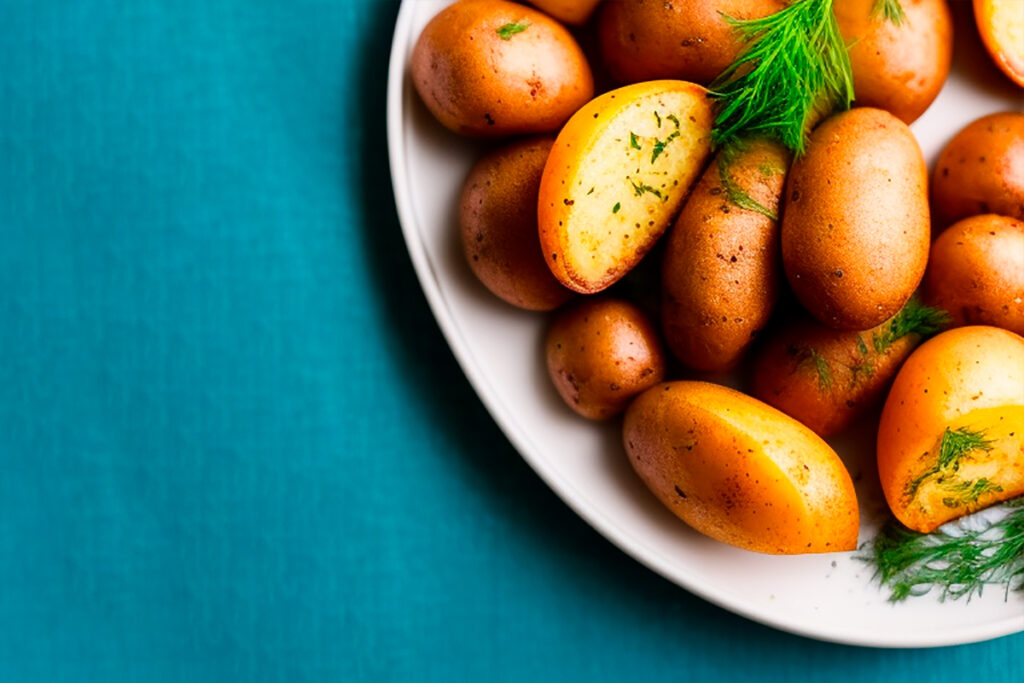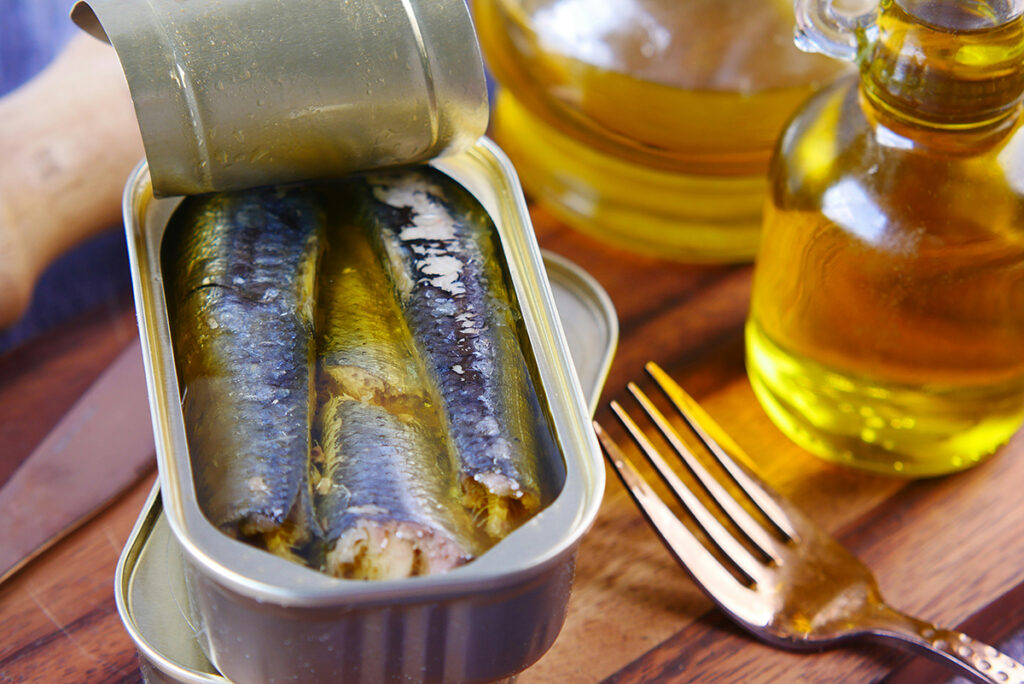Why Do We Need Potassium?
Potassium is a vital element. It is the most abundant cation in intracellular fluid. Muscle and nerve cell function, bone health, insulin production and glucose absorption depend on potassium balance.
Potassium deficiency, as well as potassium excess, leads to diseases of various body systems. Potassium deficiency increases the risk of hypertension, stroke, coronary heart disease, heart failure, myocardial infarction, and kidney failure. Potassium deficiency also increases the risk of osteoporosis and worsens the course of the disease. Type 2 diabetes is more susceptible to people who lack potassium.
Potassium Intake Standards and Actual Intake
The World Health Organization 2014 recommended a daily potassium intake of 3,150 mg for adults. The China Nutrition Council set a daily intake of 2,000 mg in 2013. The U.S. Department of Health established a daily intake of 4,700 mg of potassium in 2010.
Actual potassium intake is about 2 times lower than the recommended norms. For example, in the U.S., it is 2,591; in China, it is 1,800 mg. Therefore, scientists declare potassium to be a deficient nutrient. Only 3 percent of people in the United States consume the recommended daily allowance.
Potassium Content in Foods
Potassium is widely found in foods: fruits, vegetables, grains, meat, and dairy products. Specialists at the University of Michigan (USA) have compiled a table of potassium content in foods.
Table. Some popular foods with high potassium content (over 200 mg per serving)
| Product | Serving size | Potassium content (mg) |
| Raw bananas | 1 medium | 425 |
| Orange juice | ½ cup | 235 |
| Raisins | ¼ cup | 270 |
| Baked potatoes | 1 medium | 925 |
| Boiled potatoes | ½ cup | 255 |
| Mashed potatoes | ½ cup | 330 |
| Tomato juice | ½ cup | 275 |
Potassium Bioavailability Research
Despite the critical role of potassium for the body, little research has been done on the bioavailability of this macronutrient-the body’s ability to extract potassium from foods and supplements. The bioavailability of additives of potassium salts: bicarbonate, gluconate, and citrate, was mainly studied.
The bioavailability of potassium from selected foods has been studied only for potatoes (2016 data). Potatoes are the most potassium-rich of the mass-produced foods available. Scientists at Purdue University (USA) compared the bioavailability of potassium from potatoes baked with the skin, French fries, and potassium gluconate. They also examined potassium concentration trends, bioavailability concerning the amount of potassium consumed and the rate at which potassium was eliminated from the body.
Study design
Thirty-five healthy men and women between 18 and 41 participated in the study. All had normal blood pressure, no minor bowel function abnormalities (malabsorption), and none were taking medications that affect electrolyte metabolism.
The study was conducted in 9 stages. First, there was a control phase – all participants received a diet with 4500 mg of potassium per day from regular foods except potatoes. The diet included potassium gluconate tablets at 1500, 3000, and 4500 mg/day doses in the following three stages. Then, baked, peeled potatoes were added to the control diet at similar amounts of potassium: 1500, 3000, and 4500 mg/day. French fries were added to the control diet at 3000 mg/day in the final stage. The stages were separated by 7 days when participants ate as usual.
At each stage, researchers observed how participants responded to potassium intake from food.
An earlier study shows that about half of the potassium from food is excreted through the kidneys within the first 4 to 6 hours. It is also known that about 90% of the potassium is excreted in the urine. Analysis of the potassium content in the urine has allowed scientists to calculate its absorption by the body.
The bioavailability of potassium was calculated from its content in blood serum. From an earlier study, we know that serum contains about 2% of the potassium contained in the body. On the fourth day of each stage, scientists took 13 blood samples from the participants and observed the dynamics of potassium content.
Results
The best potassium bioavailability was in peeled baked potatoes. Potassium gluconate tablets were next in bioavailability, followed by French fries. Compared to baked potatoes, potassium bioavailability from French fries was 2,250 mg/day lower.
Figure. Graph of serum potassium as a function of source and dose
- Squares – consumption of peeled baked potatoes.
- Triangles – consumption of French fries.
- Circles – intake of potassium gluconate.
Image source: https://academic.oup.com/ajcn/article/104/2/346/4564569
Researchers observed a linear increase in serum potassium with increasing doses of potassium in food. This effect was observed regardless of the source of potassium.
The bioavailability of potassium was independent of the gender of the participants.
Conclusions
Potassium is a deficient nutrient. The daily dietary potassium intake in the United States and China is about 2 to 2.5 times lower than the World Health Organization recommendation. Potassium is found in a majority of foods. However, the bioavailability of potassium has only been researched for potatoes.
Of the popular foods, potatoes are the ones that contain the most potassium. The most bioavailable potassium is in peeled baked potatoes.
Useful article, necessary information? Share it!
Someone will also find it useful and necessary:
References
- Bioavailability of potassium from potatoes and potassium gluconate: a randomized dose response trial
- Population Study of Blood Pressure and Associated Factors in St Lucia, West Indies
- Diet and risk of clinical diabetes in women
- Guideline: Sodium intake for adults and children
- Foods, Fortificants, and Supplements: Where Do Americans Get Their Nutrients?
- Understanding the patterns and trends of sodium intake, potassium intake, and sodium to potassium ratio and their effect on hypertension in China
- Foods, Fortificants, and Supplements: Where Do Americans Get Their Nutrients? | The Journal of Nutrition | Oxford Academic (oup.com)
- Potassium Content of Foods
- Extrarenal potassium homeostasis
- Modern nutrition in health and disease
- Gut sensing of potassium intake and its role in potassium homeostasis




